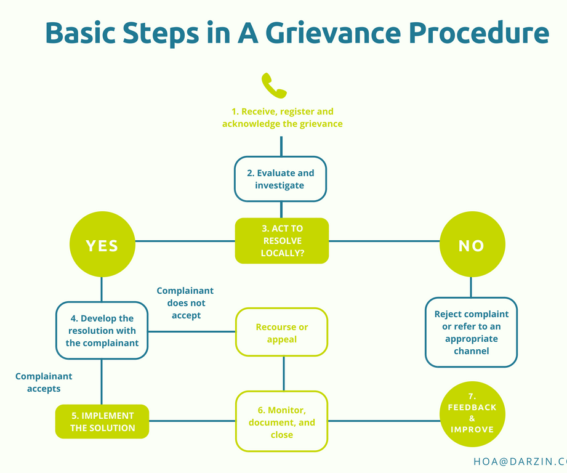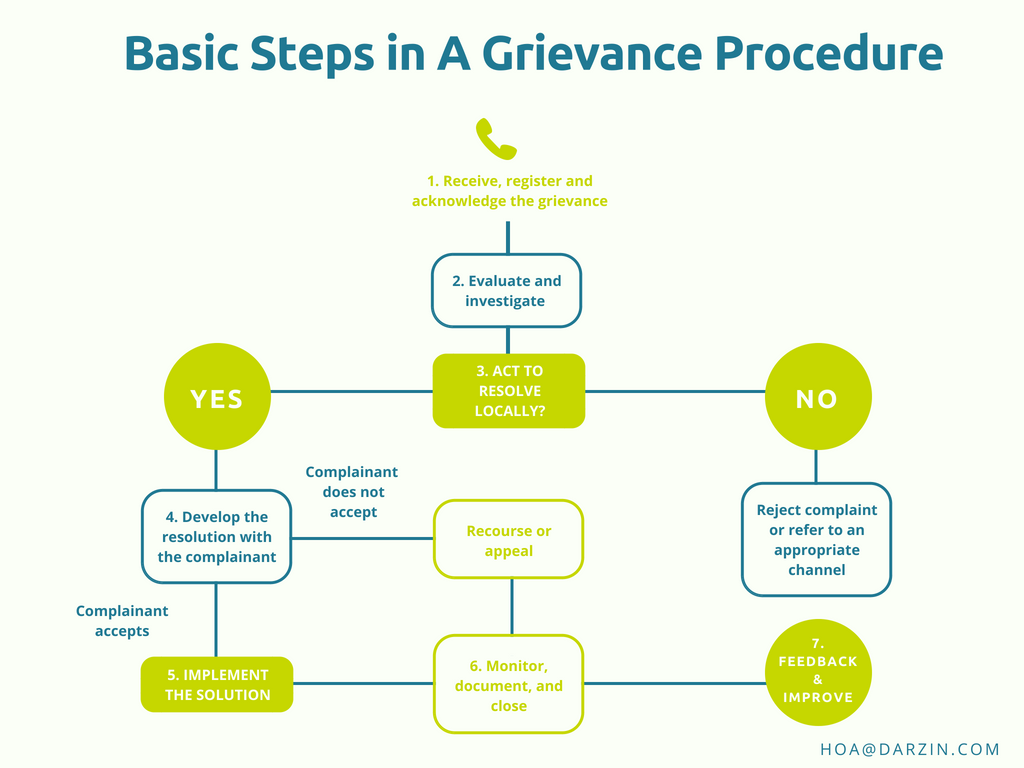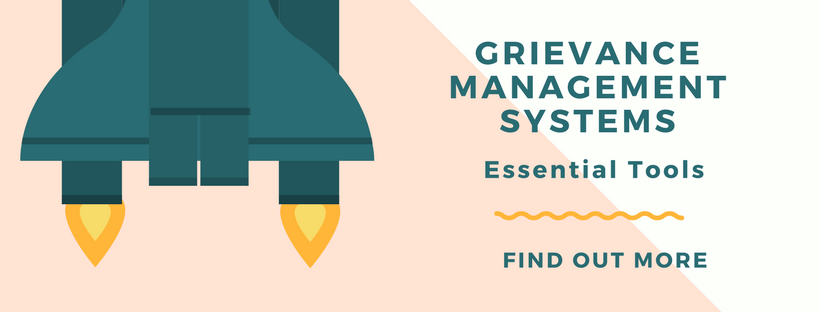

What Makes a Good Grievance Procedure?
What is a Grievance Procedure and Why is It Important?
“For projects with environmental and social impacts grievances are a fact of life. How a company responds (or perceived to be responding) to grievances is important and can have significant implication for business performance”
IFC, 2007
A grievance mechanism is a channel through which community members who feel they have been adversely affected by business activities can raise concerns or complaints to a company and have those concerns addressed in a prompt and professional manner.
Strong and trusted mechanisms can help address problems proactively as they arise, and in turn helps build trust with the effected communities. They can also be an effective way for companies to identify potential problems. Proactively listening to community concerns can offer valuable information on how to improve their operations, manage risks and increase product values.
Basic Steps in a Grievance Mechanism
The initial steps to go through when building a complaint management process is presented in our previous post. These steps help you produce is a grievance procedure (a process to receive, handle and close out grievance). So, what should it look like?
Below is the basic grievance procedure for you as a template. In some cases, grievances require involvement of experts or third party input. Some complaints may be referred to another appropriate channel or escalate to an appeals committee for negotiation, or mediation.
Does yours look like this?
Any variations based on your specific circumstances or requirements, please share with us. We’d love to see your version of it.


Grievance Management Systems
Keeping a written record of all complaints and how they were handled is critical for the business. It helps answer important questions about how a grievance was managed and becomes an important piece of documentation should the grievance escalates to the judicial system.
Whether it is simply an excel spreadsheet (for small projects with simple grievance procedure) or a sophisticated grievance management database or software, basic information such as below should be documented:
- Name of individual or organisation
- Date and nature of the complaint
- Any follow up actions taken
- Final decision on the complaint
- How and when relevant project decision was communicated to the complaint
For large and complex projects with significant impacts, using a grievance management software to not only document the complaints but manage the workflow can help save time and increase efficiency. Some software enable users to send automatic reminders to the assigned personnel regarding response time, assign follow-up actions to appropriate staff, record decisions and communications related to the complaint so the entire history of the complaint can be reported on.
How to Select the Right System
Trying to decide what system to employ can be hard and a little confusing. You want something that works best for your current needs but is also easy to be expanded/ downgraded in the future.
Grievance Mechanism Best Practice
Want some tips on grievance mechanism best practice, check out our detailed Guide on Grievance Procedure: What it is, Why do it, and How to do it well.
You may be interested in other blog posts on complaints management:


